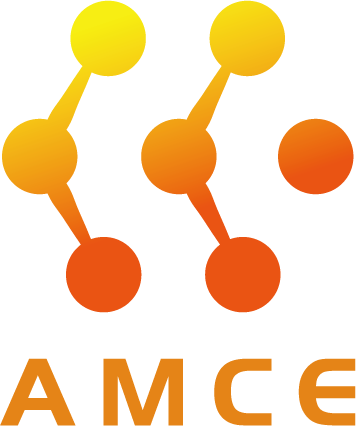
Keynote Speaker
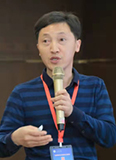
Prof. Jingang Yu
Central South University, China
Hunan Province Natural Science Outstanding Youth Fund winner, Hunan Province ordinary colleges and universities young backbone teacher training object, Central South University "531" talent team construction of the third level candidate. He presided over 3 National Natural Science Foundation projects, 8 provincial and ministerial research projects (including 1 Hunan Natural Science Outstanding Youth Fund), 1 innovation-driven project of Central South University (the third batch), and more than 10 other projects; As first/corresponding author in J Hazard Mater, Coordin Chem Rev, Sci Total Environ, Sensor Actuat B-Chem, Int J Biol Macromol, Ecotox Environ Saf, Appl Surf Sci, Mater Sci Eng-C, Anal Chim Acta, Talanta, Process Saf Environ, Chinese Chem Lett, More than 100 scientific research papers have been published in Chinese J Chem, Microchim Acta, J Environ Chem Eng and other journals. The paper has been cited more than 5,900 times, with an individual H impact factor of 41 and an i10 index of 134. Participated in the compilation of 4 English monographs and 1 Chinese textbook; 13 national invention patents were authorized.
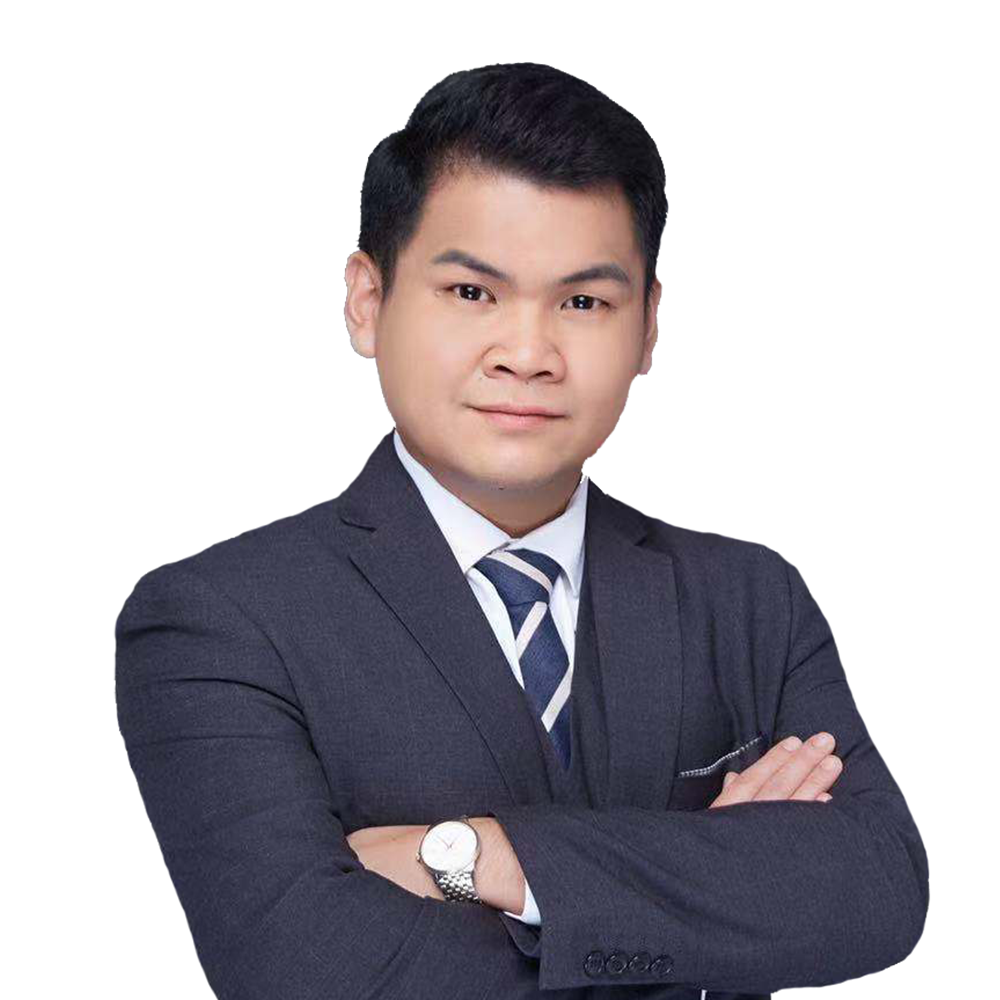
Prof. Jingxiang Low
Tiangong University, China
Jingxiang Low, a Malaysian national, is a “Tiangong Jieqing” Professor at Tiangong University. He is also an invited Foreign Member of the Science and Technology Council of the Ministry of Innovative Development of Uzbekistan, a member of the Laser Committee of the Anhui Optical Society, a Visiting Associate Professor at Monash University (Sunway campus), a member of the American Chemical Society and the Royal Society of Chemistry, and a collaborative PhD supervisor at Politecnico di Torino (Tashkent campus).
His research focuses primarily on photocatalysis, electrocatalysis, environmental chemistry, and the conversion of greenhouse gases (CO2 and CH4). As of March 2024, he has published over 80 papers in internationally renowned journals such as National Science Review, Chemical Reviews, Nature Communications, Journal of the American Chemical Society, and Advanced Materials, and has contributed to three book chapters. His publications have been cited more than 25,000 times, with an h-index of 45 and 22 highly cited papers. In 2021, he received the IUPAC-NHU Young Chemist Award from the International Union of Pure and Applied Chemistry. He was listed as a Highly Cited Researcher by Clarivate Analytics from 2021 to 2023 and recognized as a Highly Cited Researcher in China by Elsevier in 2022. He was named a Young Rising Star Scientist by the American Chemical Society’s Chemistry of Materials and a Rising Star Scientist by the Royal Society of Chemistry’s Nanoscale journal. In 2019, he received funding from the Chinese Academy of Sciences International Talent Program and was included in the global top 2% scientists list by Elsevier and Stanford University for the years 2019–2022. Several of his papers were ranked among the top 100 most impactful international academic publications in China.
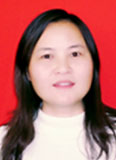
Prof. Guiyin Li
Guangdong University of Petrochemical Technology, China
Doctor of Engineering, professor, Clinical medicine/pharmacy double postdoc, doctoral supervisor, Guangdong University of Petrochemical Technology second-level professor.She is mainly engaged in the research of bioelectric analysis, biomedical sensing, nano targeted drug diagnosis and treatment.She presided over 2 National Natural Science Foundation projects and 7 provincial and ministerial level projects. She won the Guangxi Science and Technology Progress Award and Invention Award 3, Hunan Province "Furong hundred Gang star", Hunan Province ordinary colleges and universities backbone teachers and other honorary titles. He has published more than 60 SCI research papers. It has applied for 45 national invention patents and authorized 22.
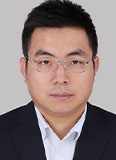
Prof. Dong Fang
Kunming University of Science and Technology, China
2001.9-2011.5 Obtained bachelor's degree (Chemical Engineering and Technology major), master's degree, Doctor's degree (Electrochemistry, inorganic materials direction) from Central South University, master's and doctoral supervisor: Professor Huang Kelong; From 2009 to 2010, I was sent by the state government to study in the Department of Aeronautics and Astronautics of Texas A&M University (direction of Alloy) as a visitor (****). My tutors were Prof. Dimitris C Lagoudas and Prof. Zhiping Luo. -2011 -2017, School of Materials, Wuhan Textile University, Research on the preparation and functional application of fiber materials (polymer direction); From 2012 to 2018, he was a postdoctoral fellow in Materials Science (Polymer direction), Wuhan University of Technology. His supervisor was Professor Xiong Chuanxi. -2017 - Now, Faculty of Materials, Kunming University of Science and Technology, member of advanced powder Material innovation team in Yunnan Province; In Scientific Reports, ACS Applied Materials & Interfaces, Advanced Materials Interfaces, He has published more than 140 SCI academic papers in journals of Material Chemistry A, Electrochemistry Communications, Acta Materialia, Applied Physics Letters, etc. Among them, he has published more than 70 SCI papers as the first author or corresponding author; As the first inventor authorized 9 Chinese invention patents. Currently, 11 graduate students are supervised, and 5 graduate students have graduated, of which 4 have won the national scholarship for master's degree, and 1 has won the excellent degree thesis of Textile Industry Association.